
A Mexican Navy sailing ship festooned with lights and a giant flag crashed into the landmark Brooklyn Bridge on Saturday night, shearing the top of its masts, killing two people and injuring several others, New York City Mayor Eric Adams said.Videos online showed the training vessel Cuauhtémoc as it approached the bridge over the East River, close to the Brooklyn side of the span

British maritime security firm Ambrey reported on Tuesday that the paramilitary Rapid Support Forces (RSF) had launched a drone attack on facilities at Port Sudan, targeting the container terminal and escalating a two-year-long conflict.Ambrey said it had obtained video footage showing damage to the terminal and civilian infrastructure, reportedly leaving the city without power.
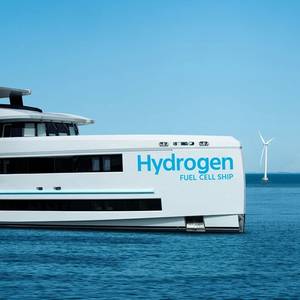
In an article by Rhonda Moniz published this week on MarineLink, Siemens sales executive Ed Schwarz noted the flexibility provided by an electric distribution “backbone” that enables ferry operators to add more batteries, switch to new fuels or become 100% emission free with fuel cells.
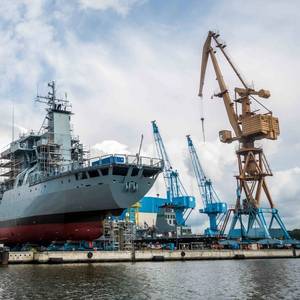
Five U.S. unions are calling on lawmakers to pass legislation that would help secure long-term funding to revive domestic shipbuilding, an effort championed by President Donald Trump and boosted by new port fees on Chinese ships.The United States on October 14 is slated to begin collecting fees on China-linked vessels that visit the nation's seaports. While final rules from the U.S.
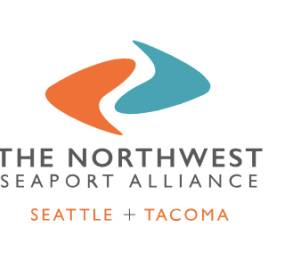
The Pasha Group, together with The Northwest Seaport Alliance (NWSA), announced Pasha Logistics LLC’s acquisition of certain assets of MacMillan-Piper LLC and Tacoma Transload LLC. The expansion follows the successful completion of an asset purchase agreement with the court-appointed Receiver for GSC Enterprises, Inc.
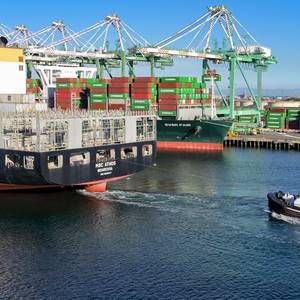
U.S. seaborne imports of goods from China dropped 28.5% year-over-year in May, the sharpest decline since the pandemic, as President Donald Trump's 145% tariffs took hold, supply chain technology provider Descartes said on Monday.China is the top U.S. supplier of goods that enter through seaports, including the nation's busiest in Los Angeles/Long Beach.
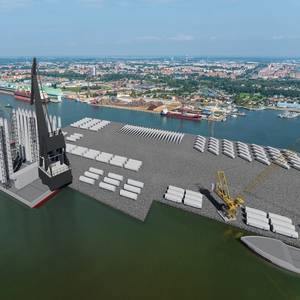
Klaipėda Port Authority in Lithuania has signed an agreement for the infrastructure buildout for the offshore wind energy projects, starting with the reconstruction of quays on Smeltė peninsula, which will ensure assembly, handling and transportation of offshore wind turbines.The successful tenderer UAB Tilsta has been tasked with reconstructing the quays at the former International Ferry Port
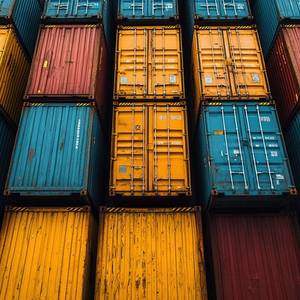
GAO-25-106953, published today, says, "Additional Efforts Needed to Assess the Effectiveness of DHS's Approach."Fast FactsThe U.S. economy depends on the efficient flow of millions of tons of cargo each day throughout the global supply chain, most arriving by ship. The Coast Guard and U.S. Customs and Border Protection monitor these vessels for potential national security risks, like smuggling.
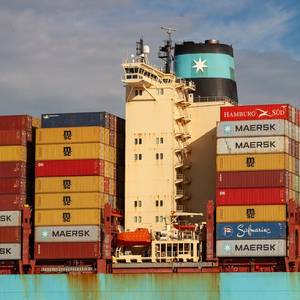
The American Association of Port Authorities (AAPA), the unified voice of our nation’s seaports, today released their policy agenda for the 119th Congress and the incoming Donald J. Trump Administration to revitalize America’s ports, keep America safe and secure, and unleash sustainable economic growth.

Thordon Bearings has appointed Axioma servisas as its sales, service and distribution lead for Lithuania as part of its strategy to penetrate new and emergent markets.Vilnius-headquartered Axioma servisas, which has been servicing, maintaining, installing and commissioning technology solutions for companies across the Baltic’s industrial sectors for more than two decades
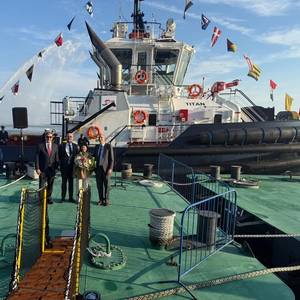
A second multi-purpose tugboat has joined her twin sister at Rijeka, Croatia’s principal seaport, part of a two-tug contract with the Italian shipping group Scafi for its Croatian subsidiary Jadranski Pomorski Servis.Known as BOĞAÇAY LXXII while under construction in Turkiye the tug, renamed TITAN by her new owner, is now working alongside fellow Bogacay Series tugboat MORETTO.
When U.S. presidential candidate Donald Trump started talking about new import tariffs on the campaign trail, Danny Reynolds checked the tags on wedding dresses in his bridal salon and sped up some shipments to his independent clothing store in Indiana."I was grabbing tags specifically to look at the country of origin and it was China, China, China, China, China, China